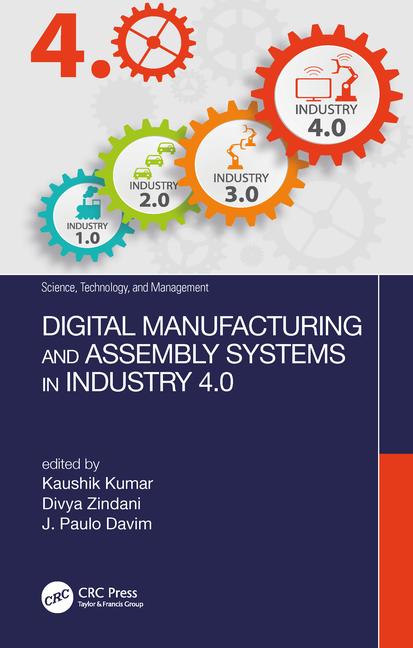Unlike myriad pundits bemoaning the impending demise of U.S. manufacturing, and the ultimate loss of every American manufacturing job, Clare Ansberry makes a strong case for survival and long-term health. Writing in The Wall Street Journal recently, Ansberry says that much of the high-margin technology-intensive production will remain in the United States, helping jobs here to become steadily better, safer and higher-paid than in earlier generations.
Demand for basic goods like washing machines, cars and telephones will also escalate in parts of the world where people have never had them, says Ansberry. This will keep global assembly lines humming, as well as fueling demand for ever-more automated systems to operate them efficiently. In short, demand for manufacturing will remain robust for both the developed and developing world, according to a recent study by the Manufacturers Alliance/MAPI (Arlington, VA).
Although the United States will undoubtedly continue to lose jobs in areas where both labor and materials are plentiful overseas, Ansberry says industrial automation and computer applications are growth areas, and U.S. manufacturers are increasingly worried about a projected shortage in skilled machinists and other factory workers. Interestingly, he cites data from the Federal Reserve Board’s Bureau of Labor Statistics showing that despite the boom-and-bust cycles, U.S. manufacturing employs about the same number of people today as in 1950. During that same time the industrial output index has gone up nearly two orders of magnitude, driven by the growth in manufacturing productivity.
Furthermore, the acceleration of productivity that we saw through the 1990s is sustainable, according to a recent report by Jeremy Leonard, economic consultant to the Manufacturers Alliance/MAPI. He expects productivity growth in durable goods manufacturing to be from 4 percent to 5 percent through the foreseeable future. “U.S. manufacturing is the cradle of innovation,” Leonard says, “which then fans out to other sectors of the economy boosting the productivity and income growth that fuels demand for manufactured products.”
This spells opportunity for companies that take a leadership stance and invest in their ability to innovate and bring products to market quickly. Innovation will ensure the survival of U.S. manufacturing in the future, as it has in the past. Astute CEOs who invest today in equipment to improve productivity and reduce cost will garner big dividends in the form of competitive advantage and increased market share in the years ahead.
Those of you reading this while you’re touring the show floor at Assembly Technology Expo 2003 have the ideal opportunity to ask vendors to show you how they can help you increase productivity and cut assembly costs. Those of you who weren’t able to attend ATExpo, check out the Exhibitor Product Showcase starting on page 106. Either way, there’s no better time than right now to invest in productivity.







